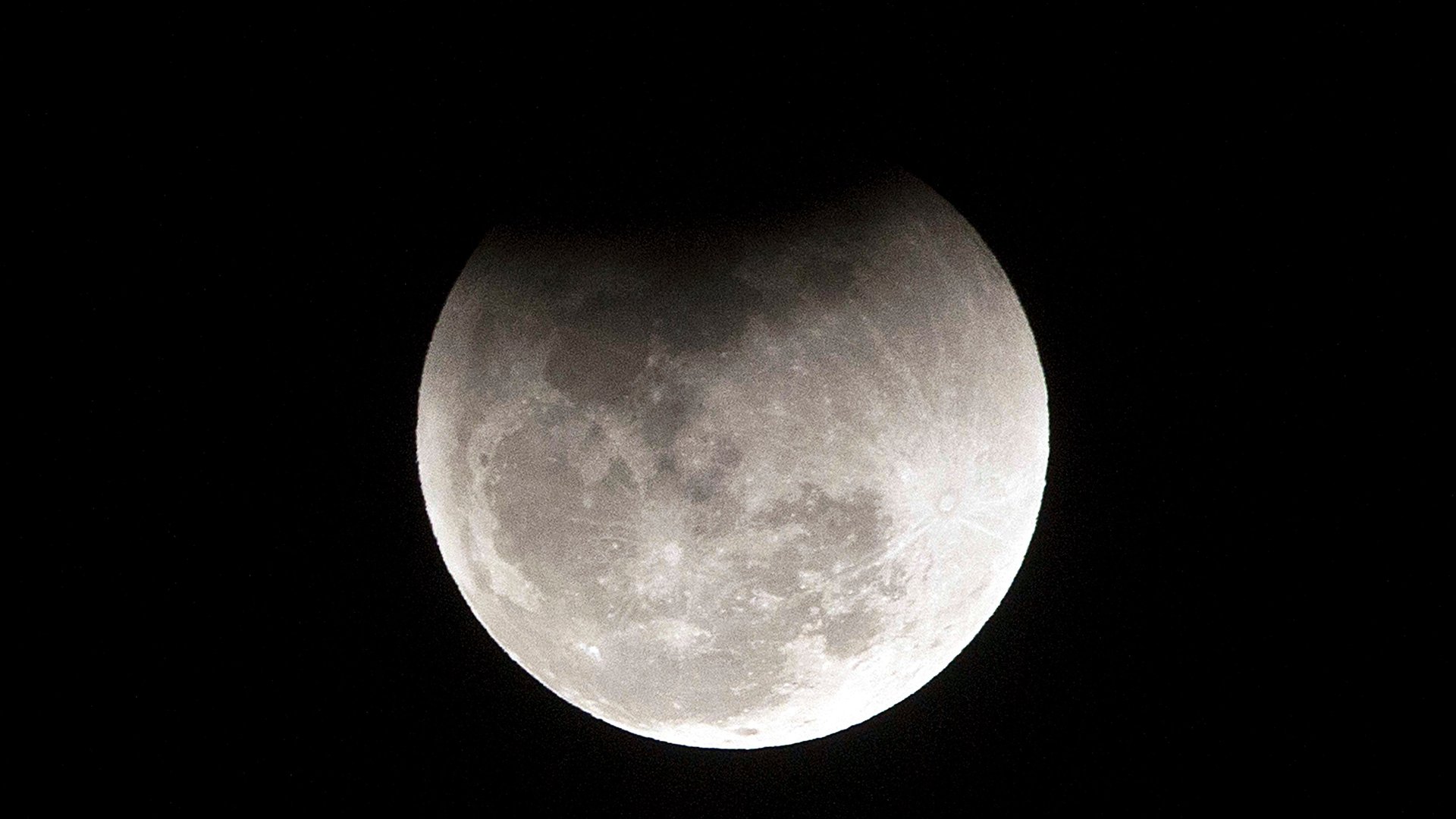America’s first private moon lander will be engineered in India
The first US lunar lander in the 21st century will be designed in India, the result of NASA’s new willingness to outsource production of its space vehicles.


The first US lunar lander in the 21st century will be designed in India, the result of NASA’s new willingness to outsource production of its space vehicles.
NASA says it will spend more than $250 million hiring private companies to transport scientific missions to the moon. These privately operated missions, part of the US space agency’s broader rush back to the moon, are designed to gather data about the lunar surface and pilot technologies for landing robotic explorers.
Three companies—Astrobotic, Intuitive Machines, and Orbit Beyond—have been awarded contracts for missions into 2021. Orbit Beyond has the earliest target date for its mission, in September 2020.
Orbit Beyond is unique among the nine other participants in NASA’s Commercial Lunar Payload Services (CLPS) program in that it is a consortium. The design and engineering of its lander has been performed by TeamIndus, an Indian company. (The Indian Space Research Organization (ISRO) is separately planning to launch its first moon lander, Chandrayaan-2, in July 2019.)
A spokesperson for Orbit Beyond said they chose TeamIndus’ design “because it is the most advanced. This will allow Orbit Beyond to meet NASA’s launch schedule and grow the U.S. industrial base for space vehicles.”
TeamIndus was created in 2010 to take part in the Google Lunar XPrize, a $30 million contest that could be won by sending a robot to the moon. The contest was canceled when it became clear none of the participants would make its deadline. But many haven’t given up; Israel’s SpaceIL attempted to land on the moon this year and failed, while other former contestants like Astrobotic or iSpace in Japan are planning to move ahead with their missions.
International collaboration is common in space engineering: 15 nations, including the US, Russia, Canada, and Japan, built the International Space Station; the European Space Agency is building a critical module for Orion, a spacecraft being built by NASA; and NASA and the ISRO are collaborating on a new radar satellite. Even the CLPS program will be flying scientific instruments from seven different countries to the moon.
Still, NASA hasn’t used a lander from abroad before. While the US space agency frequently delegates exploration missions to outside groups like Lockheed Martin or Caltech’s Jet Propulsion Laboratory, it still remains deeply involved in the details of the design. This time, the US space agency is outsourcing the design and operation of a space vehicle that will land on another astronomical body.
“When I say we are buying a ride, that’s literally what we are doing,” Steve Clark, who leads NASA’s exploration programs, said on May 31. “They are responsible for the launch, the lander itself, landing it, and making sure we can operate our instruments on the surface of the moon. We won’t be sending fifteen engineers year to watch over three guys at the company.”
Orbit Beyond, which will assemble the lander and spacecraft in Florida, also includes US firms Honeybee Robotics, Advanced Space, Ceres Robotics, and Apollo Fusion to handle tasks including the installation of scientific payloads, maneuvering from the earth to the moon, and operations on the lunar surface.
The failure of SpaceIL’s Beresheet lander in April underscores the difficult of achieving a soft landing on the moon. Clark said he was confident in the teams that NASA had selected, and the company executives said they were carefully weighing the risks of lunar transportation.
“There aren’t nine lunar lander capable teams in the United States,” Steve Altimus, the CEO of Intuitive Machines, said on May 31, inadvertently highlighting Orbit Beyond’s international approach. “The workforce and the skill mix of our teams are very critical in building the right talent to build the right lander.”
Successfully reaching the moon, TeamIndus founder Rahul Narayan told Quartz in 2016, “declares that India can compete at the highest level of technology.”
Looking for more in-depth coverage of the moon? Sign up for a free trial of Quartz membership, and read our premium field guide on the future of the lunar economy.